What Vegetables Can Dogs Eat? AKC Recommends These Safe and Healthy Options
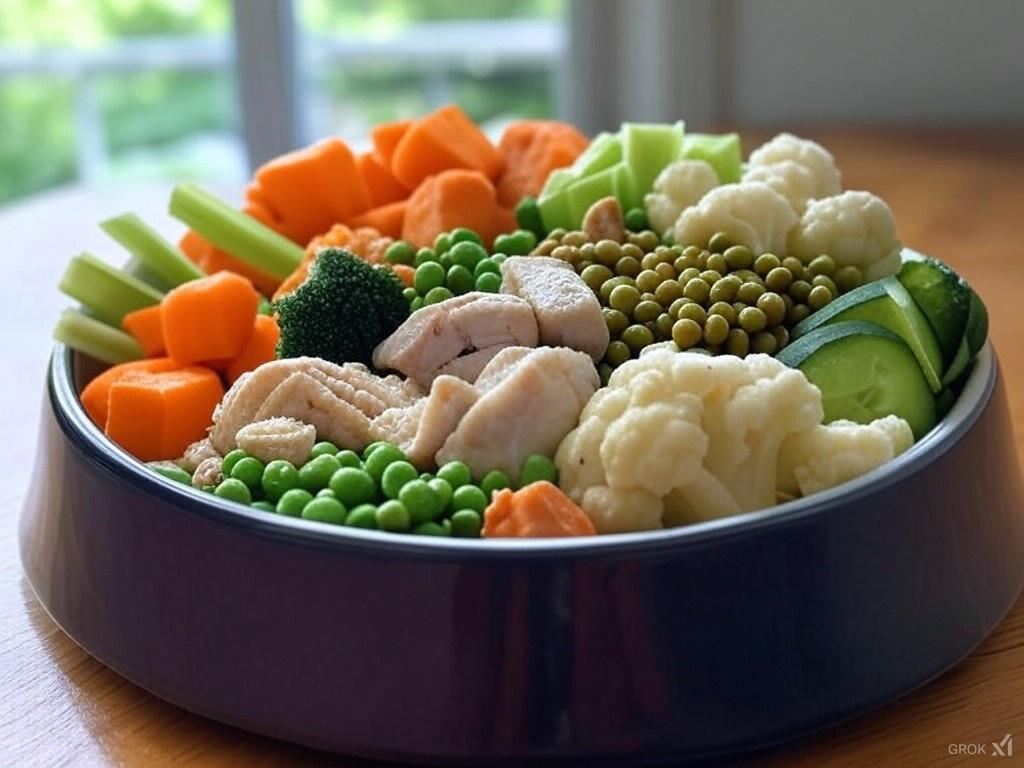
Many dog owners may wonder: Can dogs really eat vegetables? According to the American Kennel Club (AKC), dogs primarily rely on high-quality dog food to obtain their daily nutrients. However, adding certain vegetables in moderation can provide extra vitamins and minerals, as well as add some freshness and fun to their daily meals.
Why Feed Vegetables to Your Dog?
- Supplement Vitamins and Minerals: Vegetables contain many nutrients beneficial to dogs, such as vitamins A, C, K, and minerals like potassium and iron, which help boost the immune system and overall health.
- Weight Control: Relatively low in fat and calories, vegetables can serve as healthy treats or side foods, helping dogs maintain their weight and prevent obesity-related diseases.
- Enhance Palatability: Occasionally adding new flavors makes your dog’s diet more varied, reducing picky eating behaviors and increasing appetite.
Note: Vegetables should not replace main food. Remember the “moderation” principle; generally, vegetables should not exceed 10% of your dog’s daily caloric intake.
AKC Commonly Recommended 8 Vegetables
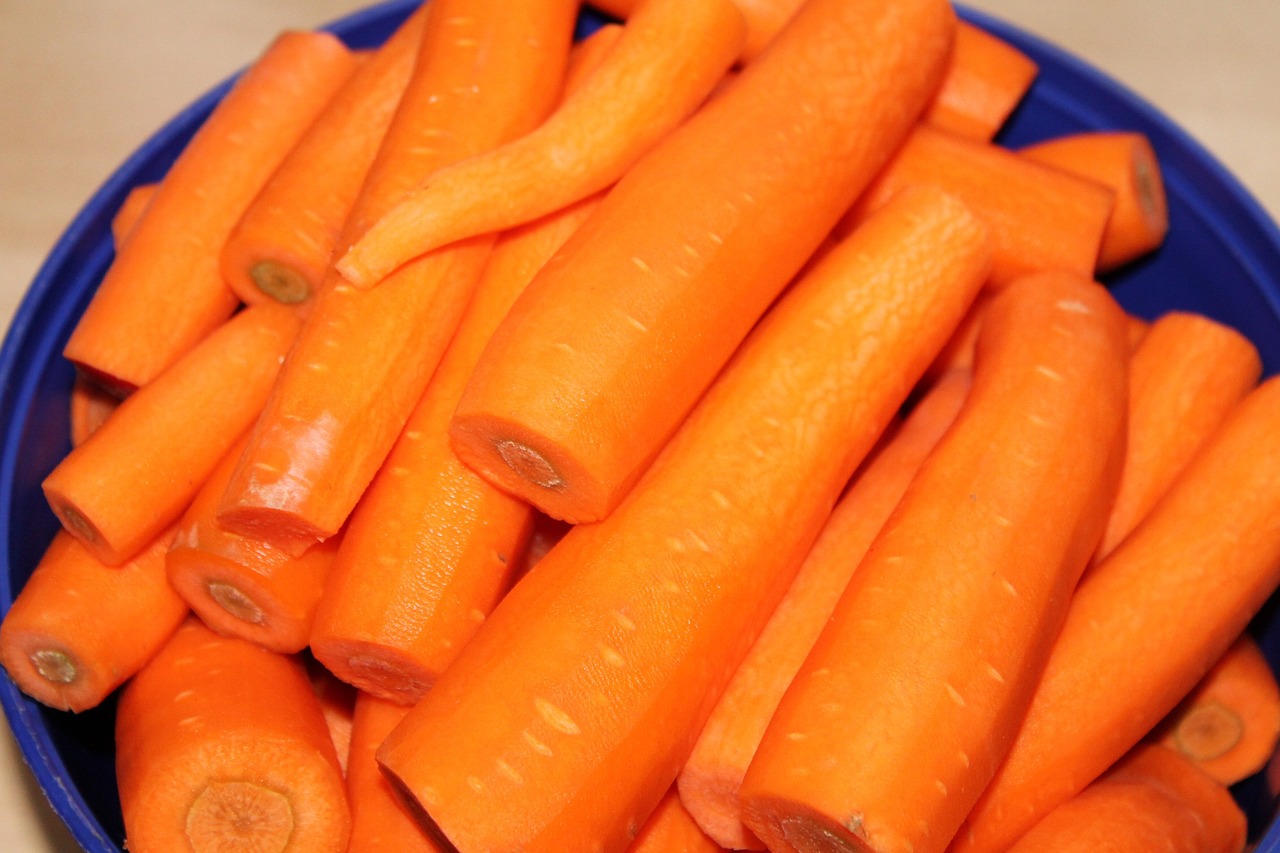
1. Carrots
- Features: Rich in vitamin A and fiber, beneficial for eye health and the proper functioning of the digestive system. The natural sugars in carrots also satisfy a dog’s sweet cravings, while chewing on carrots helps clean teeth, reduce plaque buildup, and prevent dental diseases.
- Feeding Methods: Can be fed raw or cooked, preferably cut into small pieces to prevent choking. Raw carrots are crunchier and suitable as chewing toys, while cooked carrots are easier to digest, suitable for young dogs or those with sensitive teeth.
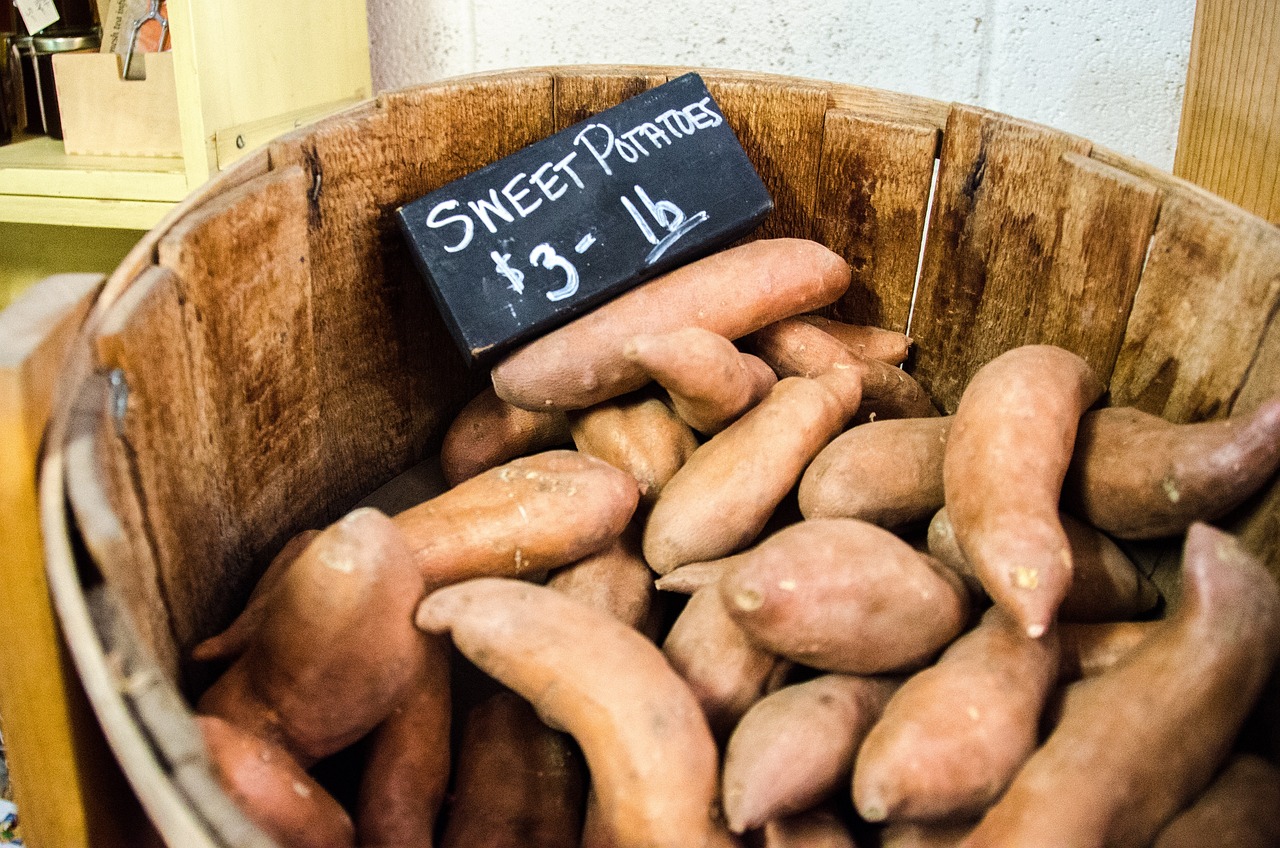
2. Sweet Potatoes
- Features: High in vitamin A, which promotes skin and coat health, and contains abundant antioxidants that boost the immune system. The dietary fiber in sweet potatoes aids in intestinal health and prevents constipation, making them especially friendly for dogs with sensitive stomachs.
- Feeding Methods: Must be cooked or baked; raw sweet potatoes contain solanine, which is harmful to dogs. Cooked sweet potatoes can be mashed or cut into pieces and mixed with dog food to enhance flavor and nutrition.
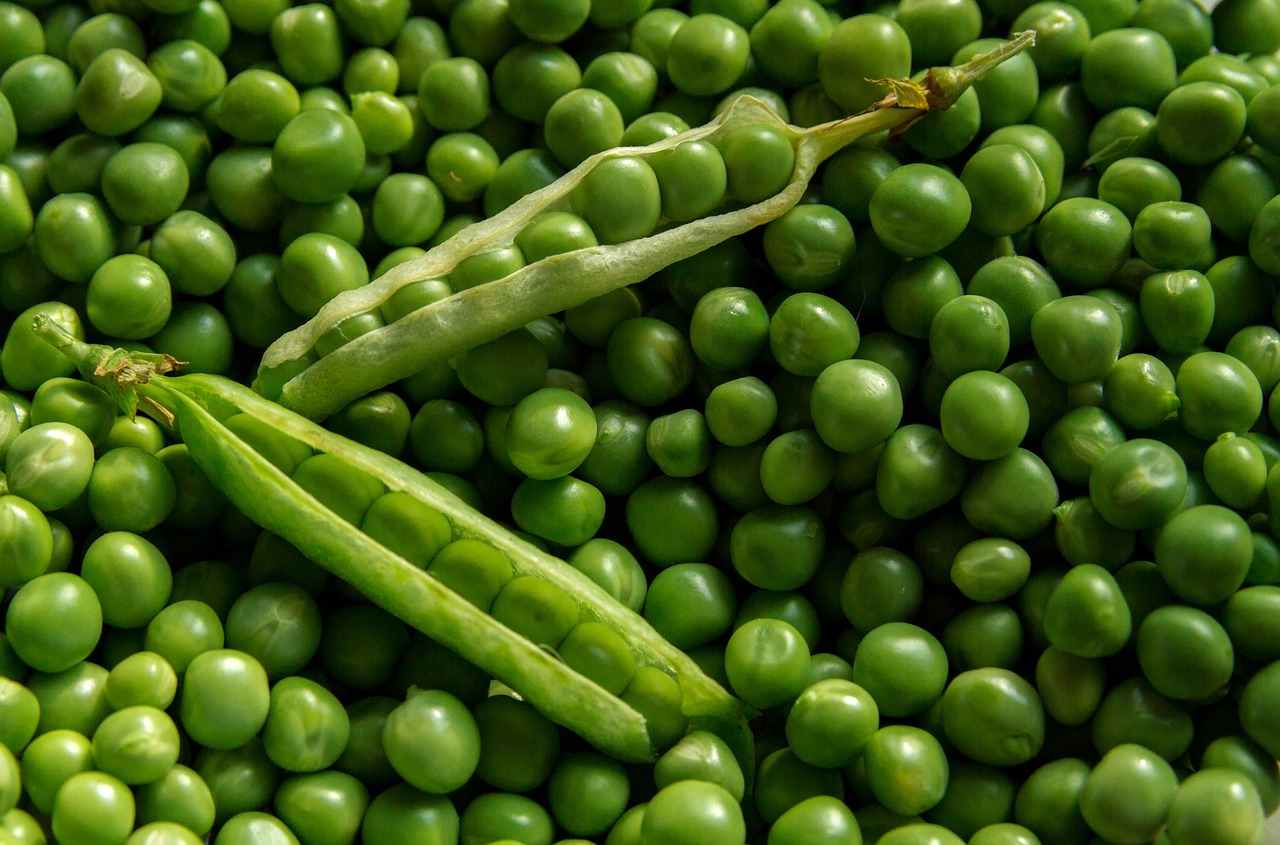
3. Peas
- Features: Contain protein, fiber, and various vitamins such as vitamins A, B, C, K, which help maintain a dog’s energy levels and overall health. Peas are low in calories and high in satiety, making them ideal as training rewards or daily treats to help dogs maintain an ideal weight.
- Feeding Methods: Fresh or frozen peas are both suitable; avoid canned peas with added salt or preservatives. Can be fed directly, or lightly cooked and mixed with other foods to enhance flavor and nutrition.
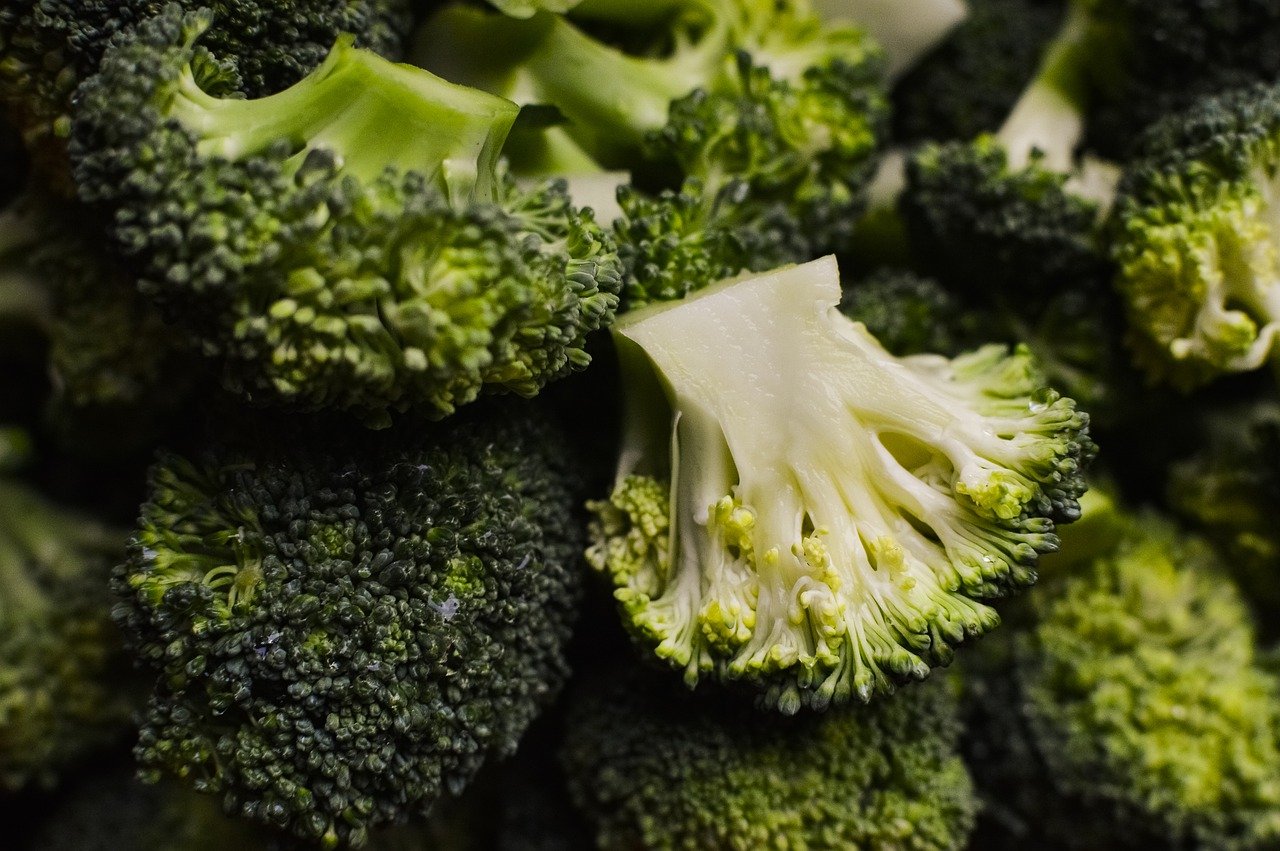
4. Broccoli
- Features: Rich in vitamins C, K, and various antioxidants, which help boost the immune system and promote bone health. Broccoli also contains fiber, aiding in the proper functioning of the digestive system, and its low-calorie nature makes it an ideal ingredient for weight management.
- Feeding Methods: Can be lightly steamed or fed raw, but do not overfeed to avoid upsetting the stomach. Steamed broccoli is easier to digest, suitable for dogs of all ages.
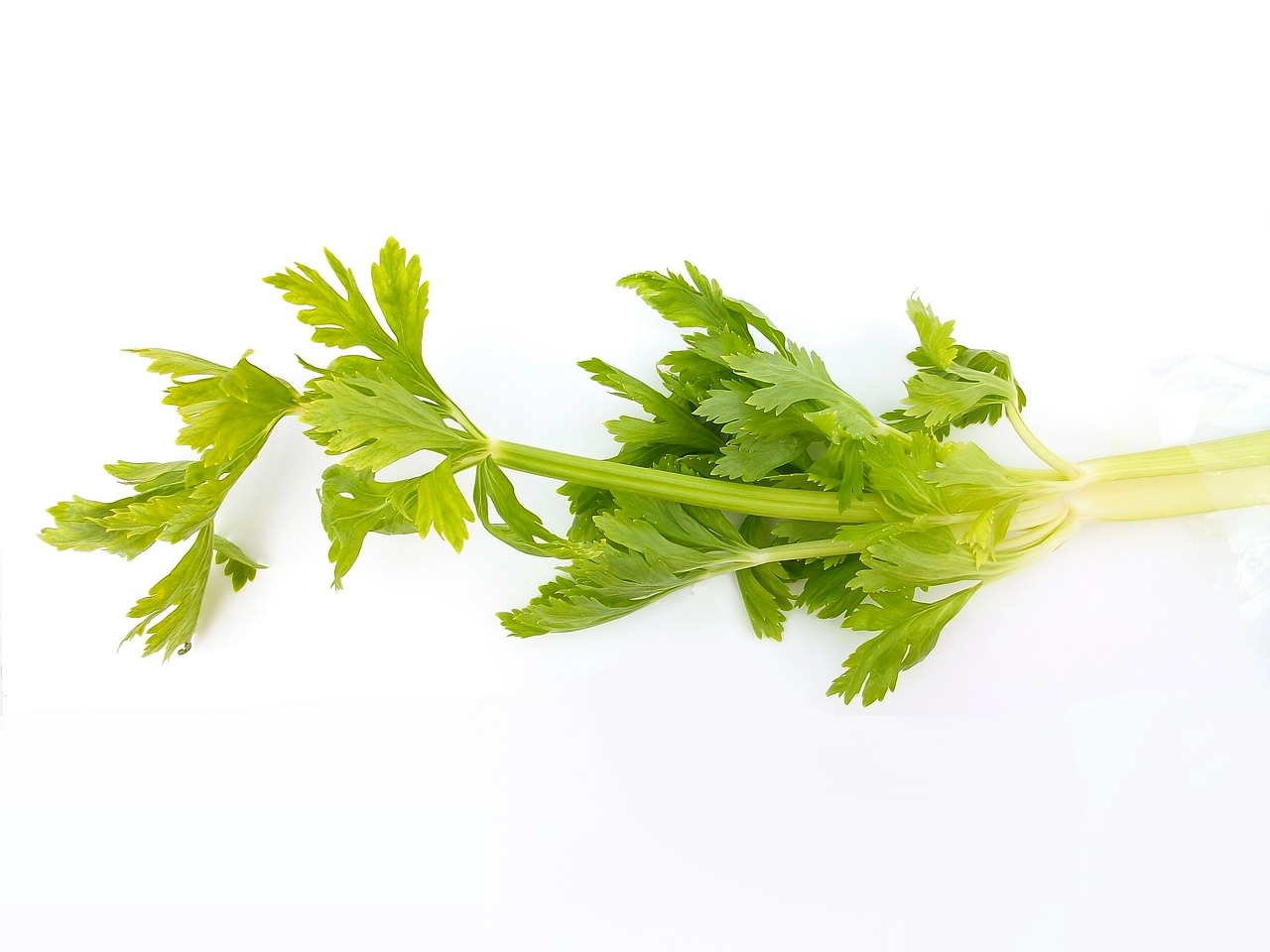
5. Celery
- Features: High in water content and low in calories, rich in vitamin K and minerals, which help maintain healthy bones and blood clotting functions. The crunchy texture of celery also helps clean the gums and teeth during chewing, reducing plaque buildup and maintaining oral health.
- Feeding Methods: Can be fed raw or cooked, cut into segments for easier consumption. Celery is a natural diuretic, so avoid overfeeding to prevent increased urination frequency.

6. Green Beans
- Features: Rich in protein, iron, and vitamin B, which help strengthen a dog’s muscles and blood health. The fiber in green beans increases satiety, making them especially suitable for dogs needing weight loss or weight management. Additionally, green beans contain antioxidants that help reduce damage from free radicals in the body.
- Feeding Methods: Boil without adding salt or oil, feed in moderation by mixing with dog food or serving alone. Ensure green beans are fully cooked for better digestion and absorption.
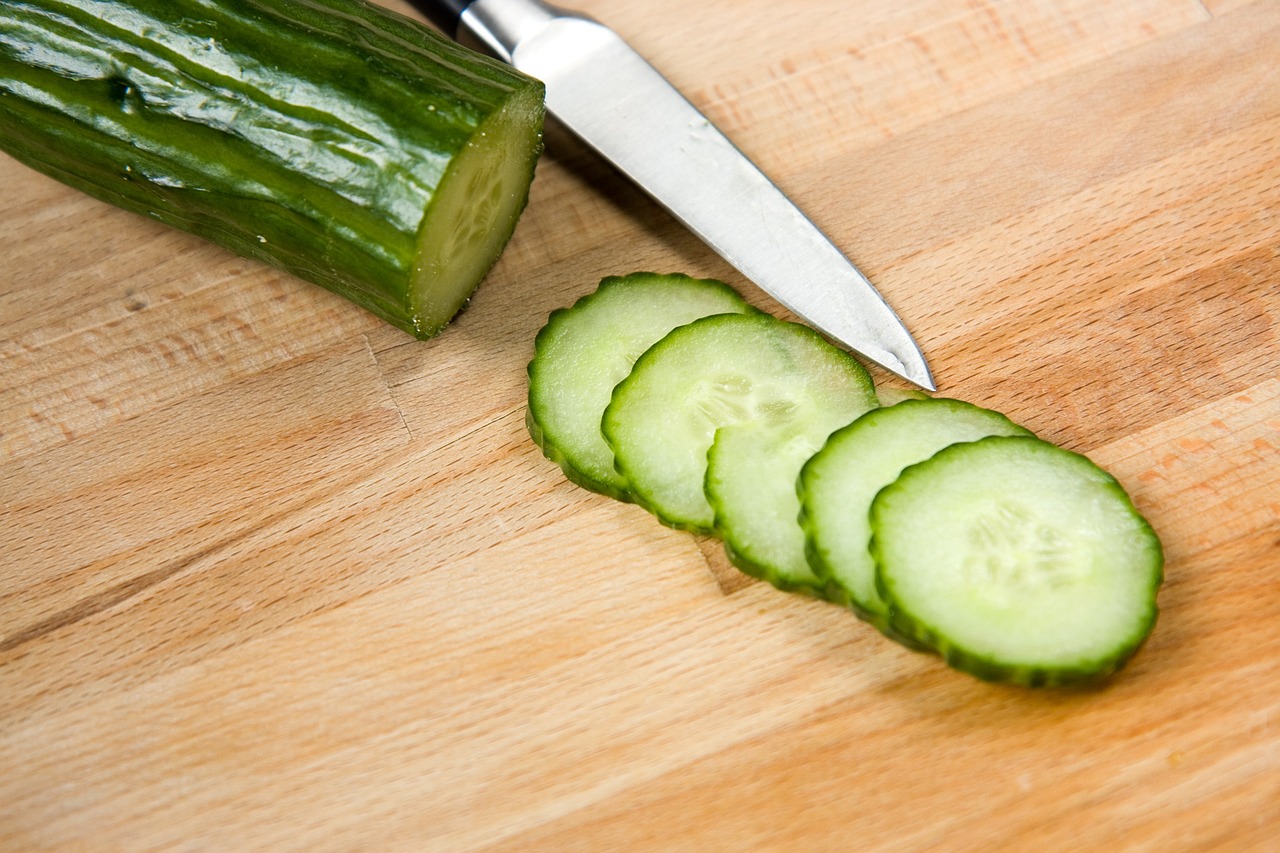
7. Cucumbers
- Features: Extremely high in water content, helping dogs maintain hydration balance in hot weather and prevent heatstroke. The plant chemicals in cucumbers help improve breath freshness, and they contain silica to promote connective tissue health. Their low-calorie nature also makes them ideal for weight loss treats.
- Feeding Methods: Slice or dice and feed directly as treats. The refreshing taste is perfect for summer feeding and can also be mixed with dog food to increase dietary variety.
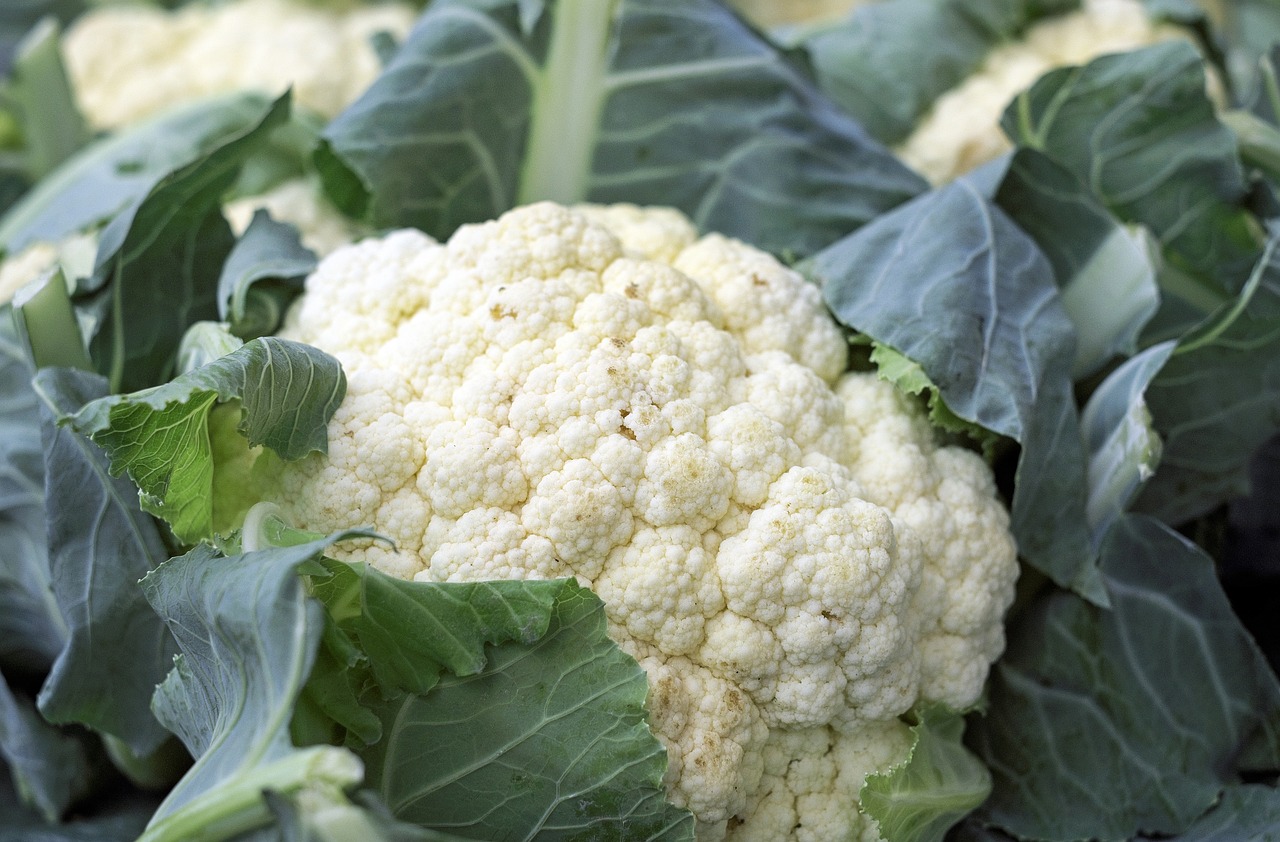
8. Cauliflower (Broccoflower)
- Features: Rich in antioxidants, helping reduce inflammation in the body, and supports joint health and the immune system. The dietary fiber in cauliflower promotes intestinal health, prevents constipation, and maintains proper digestive system function. Additionally, cauliflower is low in calories, making it suitable for weight-controlled dogs.
- Feeding Methods: Can be fed raw or steamed. If the flavor is too bland, mix it with dog food to enhance taste and nutrition.
Which Vegetables to Avoid?
- Onions, Garlic, Leeks, Scallions: Can damage red blood cells, leading to hemolytic anemia, causing dogs to become weak or even life-threatening conditions.
- Raw Potatoes: Contain solanine, which can irritate the dog’s stomach and lead to poisoning symptoms. It’s recommended to use sweet potatoes as a substitute.
- Wild Mushrooms: Toxicity is uncertain and can likely harm dogs; ingestion can lead to serious health issues.
- Cabbage: Can cause bloating or digestive issues in dogs, so use with caution and start with small amounts.
4 Feeding Tips for Vegetables
- Feed in Moderation
Don’t overfeed just because vegetables seem “harmless.” Excess can disrupt nutritional balance, potentially causing digestive issues or other health problems. - Control Cooking Methods
Avoid using oil, salt, sugar, and other human seasonings. It’s best to use steaming or boiling methods to retain the vegetables’ natural flavors and ensure they are easy to digest. - Start with Small Amounts
When introducing a new vegetable, feed a small amount initially and observe for 24 hours for any adverse reactions such as diarrhea, vomiting, or allergies. Only increase amounts gradually after ensuring safety. - Consult a Veterinarian for Special Cases
If your dog has chronic diseases (such as diabetes, kidney disease, etc.), consult a professional veterinarian before adding vegetables to avoid negatively impacting their condition and ensure dietary adjustments are safe.
Feeding vegetables to dogs can indeed add health and diversity to their diet. As long as you choose the right types, strictly control feeding amounts, and ensure safe and plain cooking methods, most dogs can enjoy the benefits vegetables bring. But if you notice any abnormal reactions like diarrhea, vomiting, or digestive discomfort, stop feeding immediately and consult a veterinarian. I hope this AKC-based vegetable list can help fellow dog owners, allowing our furry friends to eat healthier and happier!
If you found this article useful for you and your fellow dog owners, feel free to share it! 😊
Disclaimer: The information provided in this article is for reference only and cannot replace professional veterinary diagnosis or treatment. If your dog has specific health issues or is taking medication, please consult a professional veterinarian before making any changes. Wishing all dogs happy and healthy eating!